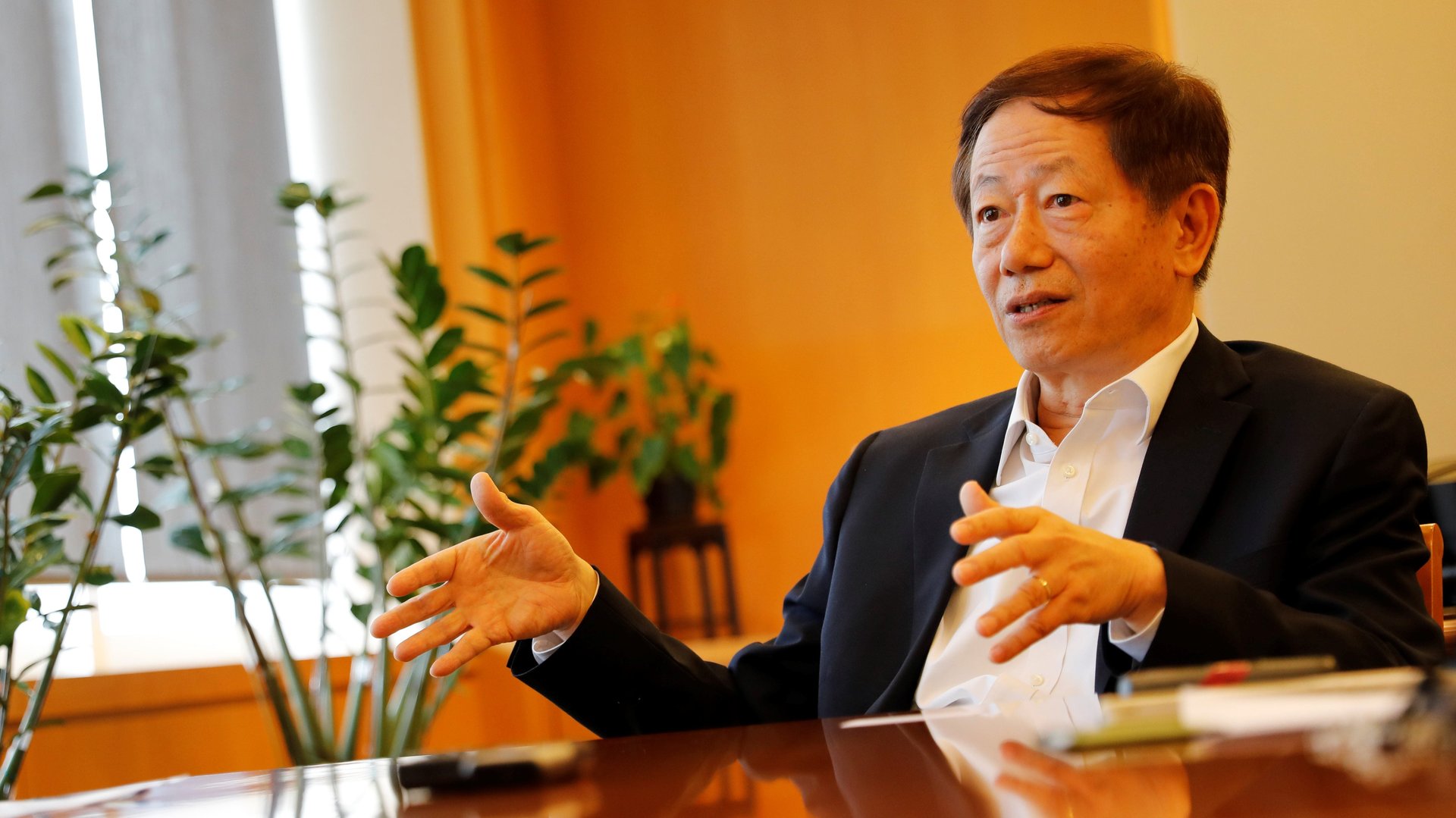Chip makers are threatening to scrap future US factories without generous tax breaks
The world’s largest semiconductor manufacturers—Intel, Samsung, and the Taiwan Semiconductor Manufacturing Company (TSMC)—have all announced plans to build new chip factories in the US. Everyone is bragging about those plans: American lawmakers say bringing chip manufacturing back onto US soil will strengthen national security, while the chip makers, chastened by this year’s disastrous semiconductor shortage, are diversifying their supply chains to avoid future crises.


The world’s largest semiconductor manufacturers—Intel, Samsung, and the Taiwan Semiconductor Manufacturing Company (TSMC)—have all announced plans to build new chip factories in the US. Everyone is bragging about those plans: American lawmakers say bringing chip manufacturing back onto US soil will strengthen national security, while the chip makers, chastened by this year’s disastrous semiconductor shortage, are diversifying their supply chains to avoid future crises.
But there’s one problem: Who will pay?
Intel, Samsung, and TSMC have all threatened to pull the plug on their US factory plans unless government subsidies are on the table. Company executives claim that if they don’t get a rich package of incentives and tax breaks, they’ll build their semiconductor factories elsewhere, effectively ending American ambitions to return chip manufacturing to its shores after ceding the bulk of the market to Taiwan in the 1990s.
Harvard Business School professor Willy Shih, who studies semiconductor supply chains, calls those threats hot air. Regardless of what the US government offers the companies, manufacturers are almost certain to follow through on their plans to build factories in the US to take advantage of the country’s skilled workforce and to be close to specialized US equipment manufacturers that churn out many of the tools needed to make cutting-edge semiconductors. “But if they can get government subsidies, are they going to try to do it?” he said. “You bet.”
Chipmakers are playing governments for factory subsidies
Sports team owners have mastered the art of playing governments against one another to extract a deal (or a new stadium). Local governments routinely participate in extravagant races to the bottom to court teams, offering hundreds of millions of dollars in taxpayer funding to renovate or build stadiums. No matter where sports teams wind up, they enjoy the benefit of gleaming new facilities at a steep discount. Local residents footing the bill rarely see much of an economic benefit in return.
Other industries follow the same playbook. Witness Amazon’s drawn-out HQ2 sweepstakes. Now chipmakers are now jockeying for position after their product has become a vital national asset in short supply.
Intel CEO Pat Gelsinger is leading the lobbying by embarking on a global sales trip, meeting with political leaders in the US, EU, Germany, France, the Netherlands, and Italy to discuss the possibility of opening a new semiconductor plant in their jurisdictions. In return, he’s requesting subsidies for Intel’s next plant. “Never let a good crisis go to waste,” Gelsinger told the Wall Street Journal on using national security fears to negotiate subsidies.
To ratchet up the pressure on US lawmakers, Intel has threatened to scrap plans to build two Arizona chip plants unless Congress passes the CHIPS Act promising $52 billion in subsidies for domestic semiconductor manufacturing. The bill is currently stalled in the House. “We aren’t going to be able to do that without CHIPS funding,” Intel government relations head Al Thompson told Bloomberg.
TSMC made similar threats before breaking ground on a new $12 billion plant in Arizona, which it intends to fund, in part, with money from the CHIPS Act. “Subsidies will be a key factor in TSMC’s decision to set up a fab in the US,” TSMC chairman Mark Liu told Bloomberg in 2020. “Our request is that the state and federal governments together make up for the cost gap between the US and Taiwan.”
Samsung has made its own plans for a new cutting-edge $17 billion factory in the US contingent on subsidies. The company tentatively named Arizona, New York, and Texas as potential sites for the new factory. But in a June regulatory filing with the Texas comptroller’s office, Samsung made clear that tax breaks are “a determining factor” in its location decision. If Texas doesn’t cough up satisfactory tax breaks, Samsung wrote, “the company would likely locate the project in Arizona, New York, or [South] Korea.”
Chipmakers fear the bullwhip effect
Manufacturers do have some reason to fear committing to new factories. Building a semiconductor factory is always a risky proposition, according to Harvard’s Shih, as the plants cost billions of dollars and take years to complete. If manufacturers overestimate the future demand for chips, they could wind up with a very expensive factory that produces fancy silicon wafers few want to buy. They may not be able to recoup their investment and lose money on the project.
The risk is especially high today because the semiconductor market is in such disarray. Customers are hoarding vast stockpiles of some chips while double ordering other types that are unavailable, making the market’s true demand hard to gauge. Meanwhile, manufacturers are breaking new ground on factories that probably won’t come online until after the current supply chain crisis has passed. The result could be a prolonged shortage followed by a glut of chips—an economic phenomenon known as the bullwhip effect. “Usually, when everybody rushes to expand capacity, the next scene is not very pretty,” Shih said.
Chipmakers racing to take taxpayer money to cover operational risks is in their self interest, even if it might not garner much sympathy from those paying the bill. “As long as the government is going to throw out subsidy money, they want to get their share,” said Shih. “I don’t fault them for it. If it were you, you’d probably do exactly the same thing.”